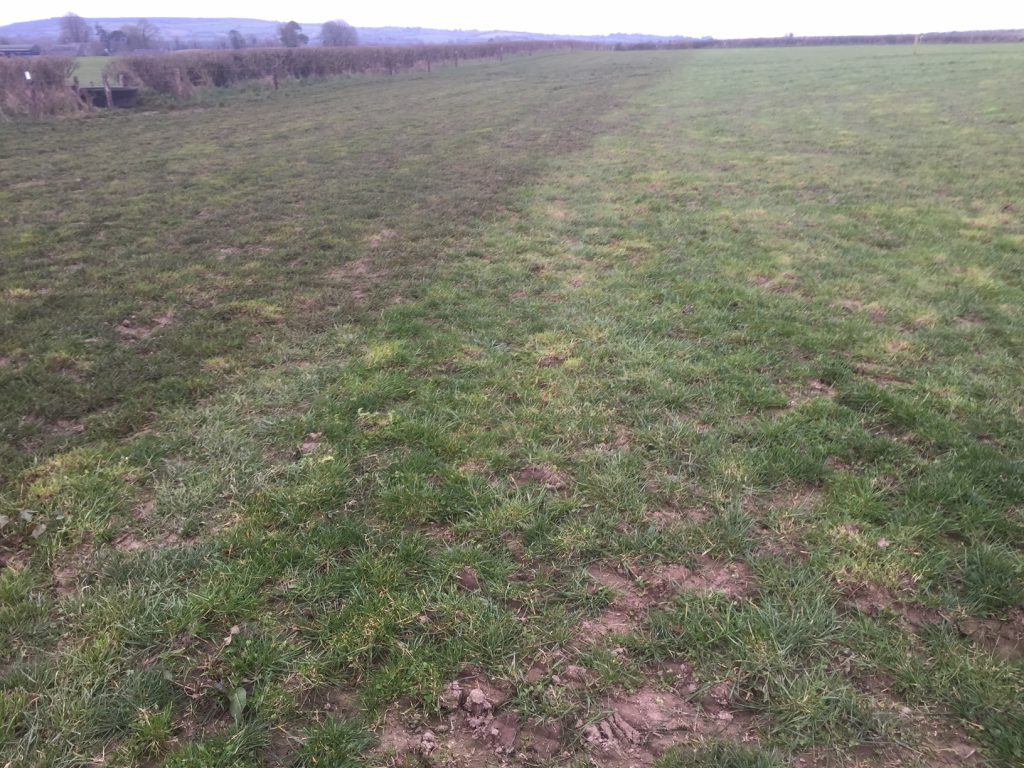An electric fence is one of the cheapest and most important investments that beef farmers can make, according to Teagasc Drystock Advisor James Keane.
Beef production is a high cost system and farmers should make the most of spring grass, he said at a recent beef farm walk in Roscrea, Co. Tipperary and he said that it is cheaper to graze beef cattle than to feed them silage and concentrates.
He said that a electric fence paddock system is important for spring grazing as it allows farmers to monitor grass growth and to identify under-performing paddocks.
A stake and wire fence costs farmers about €1-1.10/m, he said and a paddock system will allow farmers to allocate grass accurately and it will keep a constant supply of top quality grass if front of cattle.
He said that the average beef animal will gain 1kg/day from grass alone, while the best performing animals can gain 1.4kg/day.
Beef farmers – how to Manage cattle at grass
1. Get priority animals out first
Keane said that farmers should aim to get the animals which perform the best out first as they will be best able to make to most of spring grass.
He said that farmers on heavier land can let out lighter stock, such as replacement heifers, as these animals will cause less poaching damage.
Keane said that a small bit of poaching damage during the spring is OK, as fields generally recover.
But, he said that paddocks should not be poached twice, as this will have a negative impact on the grass growth in that field for the remainder of the year.
The first grazing is the most important on any farm as it sets up the quality of the grass for the rest of the year.
2. Grazing heights
Keane said that farmers should aim to graze lighter covers first , as this allows cattle to get use to grazing again, before targeting covers of 1,000-1,200kg DM/ha (9-10cm).
“Cattle should graze to 3-4cm during the spring,” he said.
He said that the post grazing height is important as tight grazing the first round allows for a leafy high quality sward in subsequent rotations.

Grass cover of 1,200kg/ha (9-10cm).
3. Fertiliser and slurry applications
Fertiliser and slurry applications are key in the spring time to allow for grass growth when the temperatures pick up, he said.
He said that paddocks with a light cover of grass should receive 2,500 gallons of slurry to the acre.
He also said that paddocks with medium covers should receive half a bag of urea to the acre, while heavier covers should be grazed first and then spread with slurry at a rate of 2,500 gallons/acre.

Grazed ground after receiving 2,500 gallons of slurry per acre.
